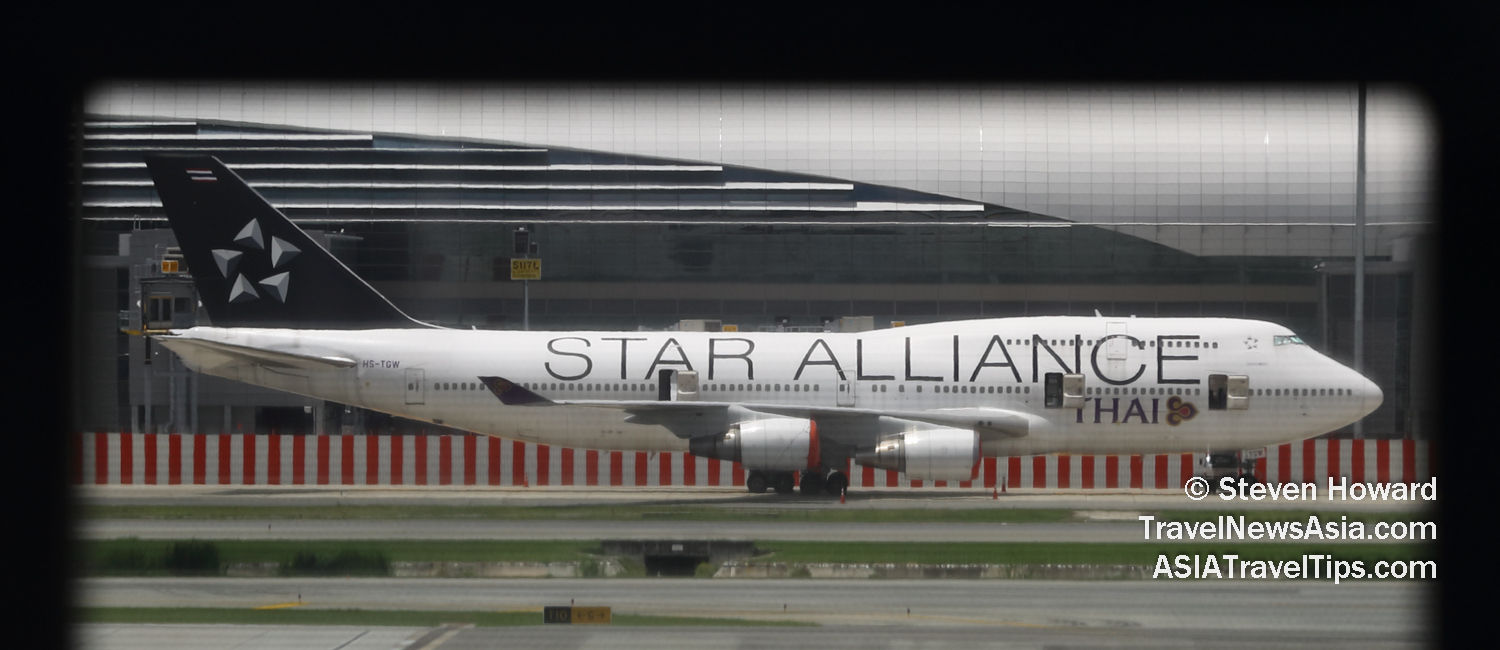|
IATA has reported that full-year global passenger
traffic results for 2020 show that demand, measured in revenue
passenger kilometers (RPKs), fell by 65.9% when compared to the
full year of 2019, by far the sharpest traffic decline in aviation
history.
Furthermore, forward bookings have been falling sharply
since late December.
International passenger demand in 2020 was 75.6%
below 2019 levels. Capacity, measured in available seat kilometers
(ASKs), declined 68.1% and load factor fell 19.2
percentage points to 62.8%.
Domestic demand in 2020 was
down 48.8% compared to 2019, whist capacity contracted by 35.7% and load
factor dropped 17 percentage points to 66.6%.

December
2020 total traffic was 69.7% below the same month in 2019, little
improved from the 70.4% contraction in November. Capacity was down
56.7% and load factor fell 24.6 percentage points to 57.5%.
Bookings for future travel made in January 2021 were down
70% compared to a year-ago, putting further pressure on airline
cash positions and potentially impacting the timing of the
expected recovery.
IATA�s baseline forecast for 2021 is
for a 50.4% improvement on 2020 demand that would bring the
industry to 50.6% of 2019 levels. While this view remains
unchanged, there is a severe downside risk if more severe travel
restrictions in response to new variants persist. Should such a
scenario materialize, demand improvement could be limited to just
13% over 2020 levels, leaving the industry at 38% of 2019 levels.
�Last year was a catastrophe. There is no other
way to describe it,� said Alexandre de Juniac,
IATA�s Director General and CEO. �What recovery there was over the
Northern hemisphere summer season stalled in autumn and the
situation turned dramatically worse over the year-end holiday
season, as more severe travel restrictions were imposed in the
face of new outbreaks and new strains of COVID19.�
Asia-Pacific airlines�
full-year traffic plunged 80.3% in 2020 compared to 2019, which
was the deepest decline for any region. It fell 94.7% in the month
of December amid stricter lockdowns, little changed from a 95%
decline in November. Full year capacity was down 74.1% compared to
2019. Load factor fell 19.5 percentage points to 61.4%
European carriers saw a 73.7% traffic decline in 2020 versus 2019.
Capacity fell 66.3% and load factor decreased 18.8 percentage
points to 66.8%. For the month of December, traffic slid 82.3%
compared to December 2019, an upturn over the 87% year-to-year
decline in November reflecting pre-holiday momentum that was
reversed toward the end of the month.
Middle Eastern
airlines� annual passenger demand in 2020 was 72.9% below 2019.
Annual capacity fell 63.9% and load factor plummeted 18.9
percentage points to 57.3%. December�s traffic was down 82.6%
compared to December 2019, improved from an 86.1% drop in
November.
North American airlines� full year traffic fell
75.4% compared to 2019. Capacity dropped 65.5%, and load factor
sank 23.9 percentage points to 60.1%. December demand was down
79.6% compared to the same month a year-ago, a pick-up over an
82.8% drop in November reflecting a holiday surge.
Latin
American airlines had a 71.8% full year traffic decline compared
to 2019, making it the best performing region after Africa.
Capacity fell 67.7% and load factor dropped 10.4 percentage points
to 72.4%, by far the highest among regions. Traffic fell 76.2% for
the month of December compared to December 2019, somewhat improved
from a 78.7% decline in November.
African airlines�
traffic fell 69.8% last year compared to 2019, which was the best
performance among regions. Capacity dropped 61.5%, and load factor
sank 15.4 percentage points to 55.9%, lowest among regions. Demand
for the month of December was 68.8% below the year-ago period,
well ahead of a 75.8% decline in November. Carriers in the region
have benefitted from somewhat less severe international travel
restrictions compared to the rest of the world.
China�s China�s domestic passenger traffic fell 30.8% in 2020
compared to 2019. It was down 7.6% for the month of December
versus December a year-ago period, which was a deterioration
compared to a 6.3% decline in November amid new outbreaks and
resulting restrictions.
Russia�s domestic traffic fell
23.5% for the full year, but 12% for the month of December, much
improved over a 23% decline in November. Full year results were
supported by booming domestic tourism over the summer and falling
fares.
Looking forward, de Juniac said, �Optimism that the
arrival and initial distribution of vaccines would lead to a
prompt and orderly restoration in global air travel have been
dashed in the face of new outbreaks and new mutations of the
disease. The world is more locked down today than at virtually any
point in the past 12 months and passengers face a bewildering array of rapidly changing and globally uncoordinated travel
restrictions.
�We urge governments to work with industry to develop
the standards for vaccination, testing, and validation that will
enable governments to have confidence that borders can reopen and
international air travel can resume once the virus threat has been neutralized.
�The IATA Travel Pass will help this process, by
providing passengers with an App to easily and securely manage
their travel in line with any government requirements for COVID-19
testing or vaccine information. In the meantime, the airline
industry will require continued financial support from governments
in order to remain viable.�
See latest
Travel Industry News,
Video
Interviews,
Podcasts
and other
news regarding:
COVID19,
IATA,
Traffic,
RPK.
|
Headlines: |
|
|
